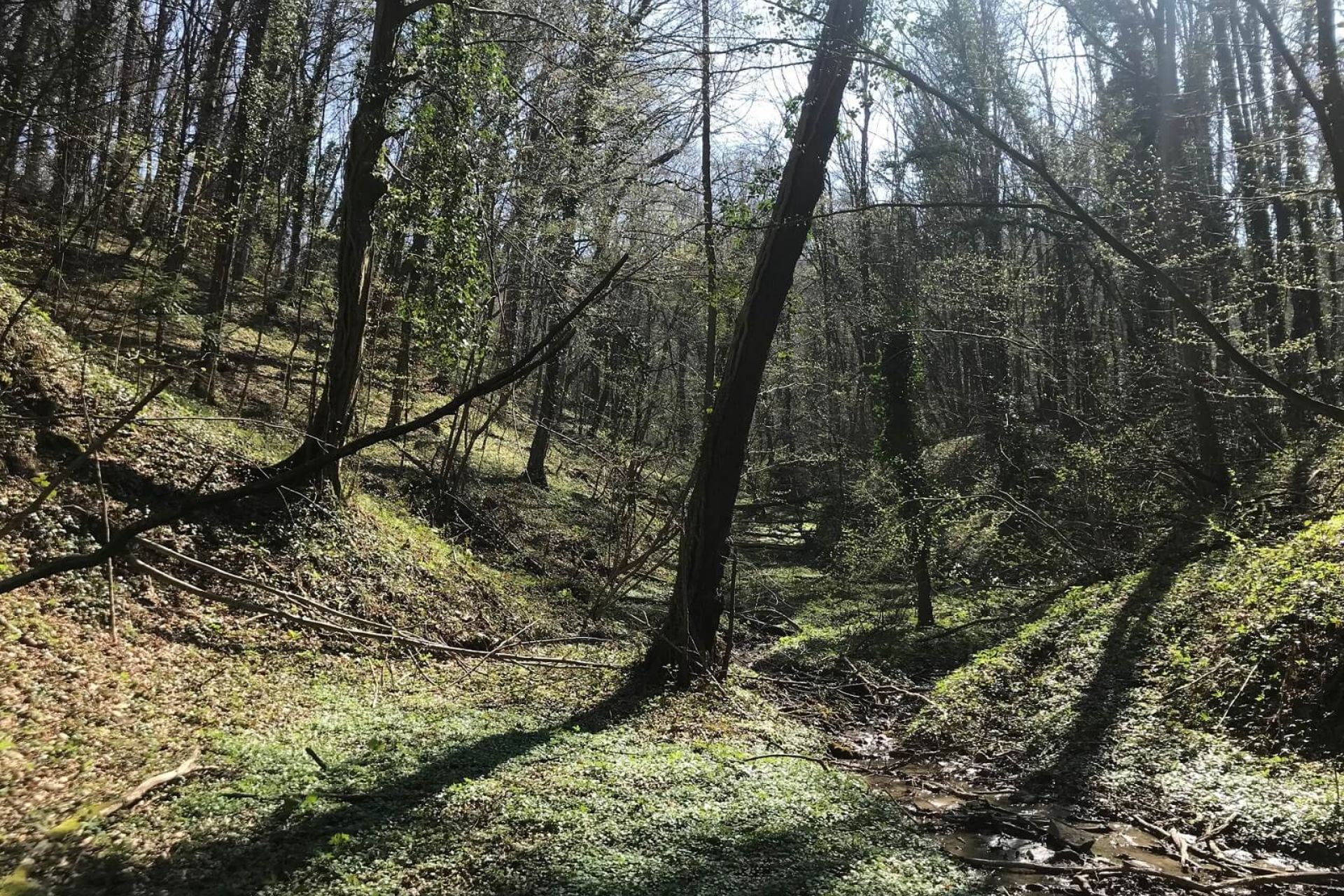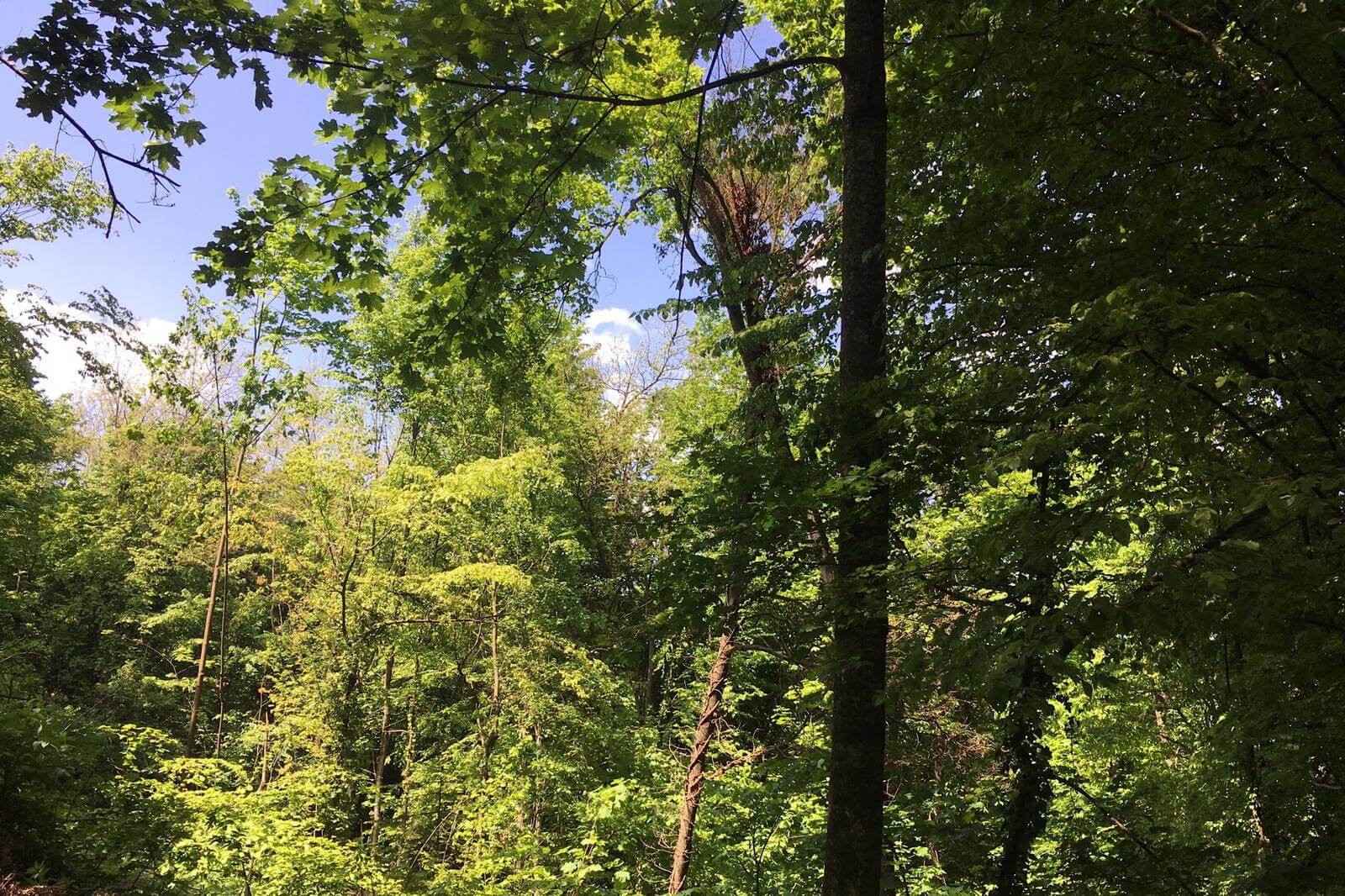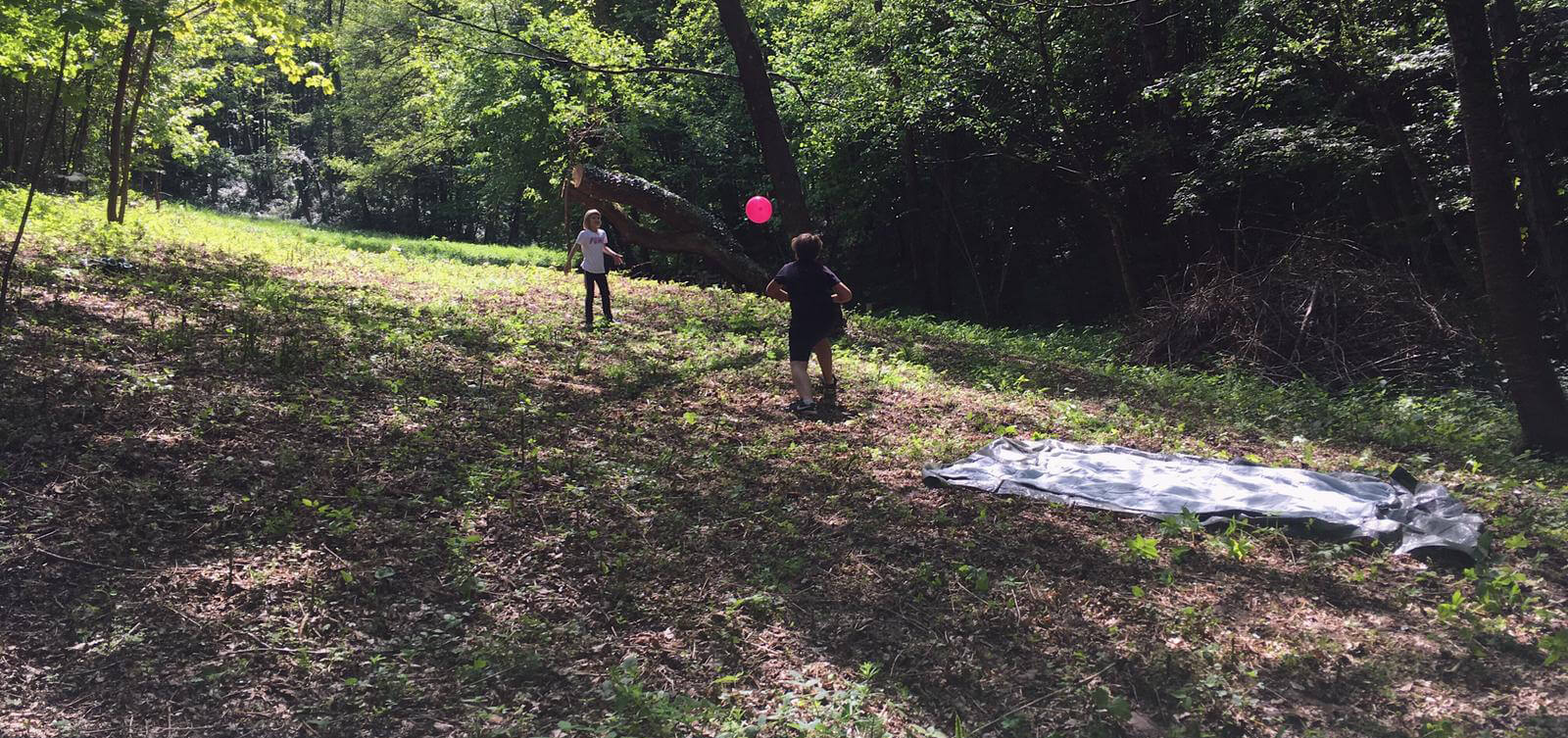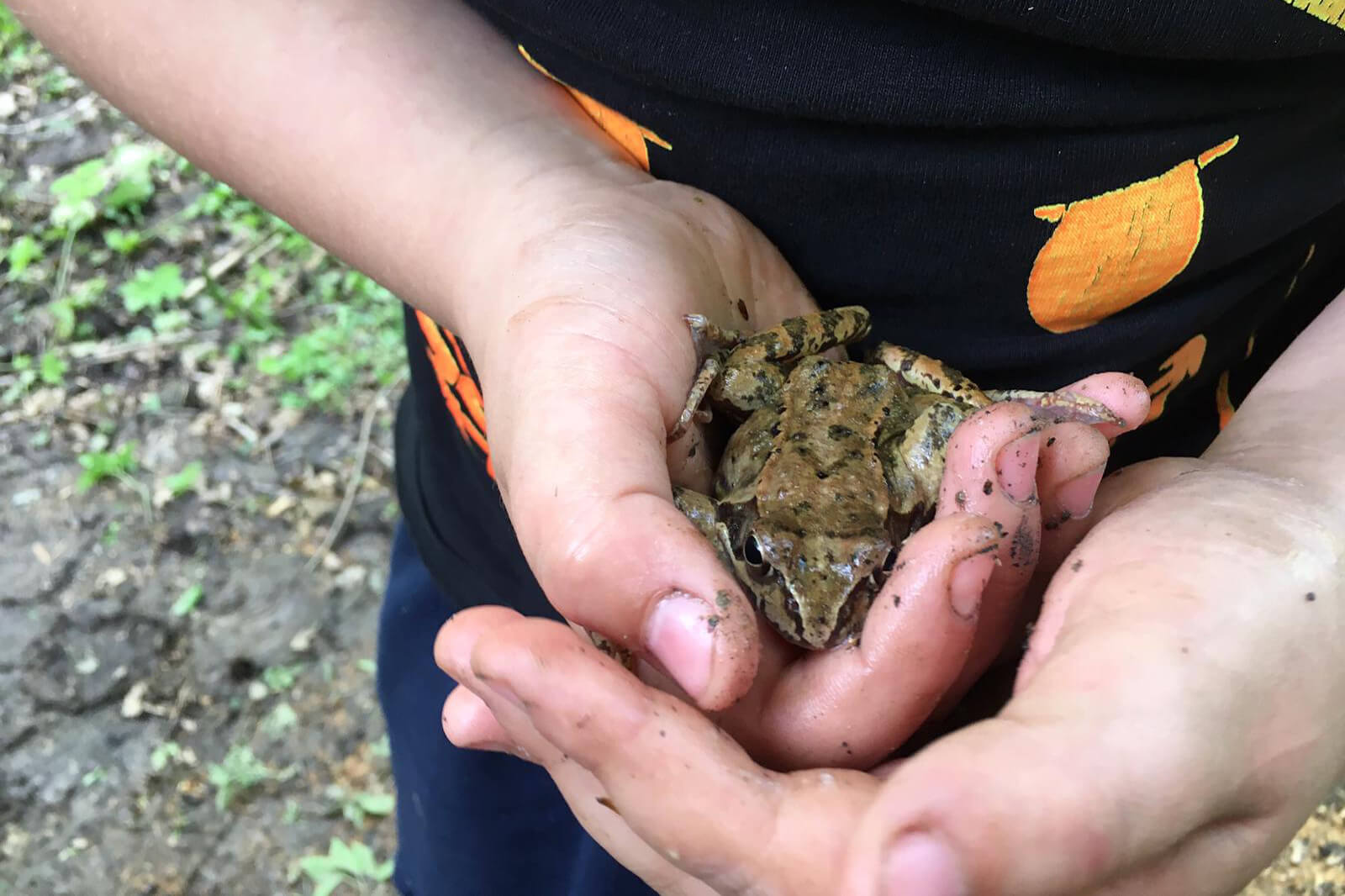
approx. 8.200 sqm
The 8,200 m2 plot in its current state is a mild slope covered in an intact thicket that used to be farmed meadows and pastures but it has turned into the edge of a new forest that falls gently to the west and reaches a little creek in a gulch that separates two slopes of Medvednica mountain that lead from the South down to Zagorje. The plot is completely engulfed in the dense forest above the village while the area near the creek is less steep and varying vegetation types and vegetation thickness change its character.
The goal is to construct and start using a natural estate of currently undefined size and substance. The aim is to execute the design and construction process in a proper manner; slowly, going with the gut, open-heartedly, with the thorough mind and above all decently, taking into account all professional rules, applying permacultural principles systematically and using common sense.
Everything gardens, Mollison said. But the return of people to the living place should not be the coming of a new master but rather the coming of a new member of a community. All interventions are supposed to be developed with the aim of setting up a new (im)balance by minimising the input of energy and foreign material and by following and respecting natural processes and forms.
The first step; setting up minimal conditions for a habitat and for spending time on the plot, the precondition for the analysis of the site, for the analysis of the landscape and for looking into and identifying the character of the space and the life that inhabits it: a space for two to three cars, a flat area for a table and some benches, a fireplace, a rain shelter, a composting toilet…a habitat.
Being there, watching, listening, touching, feeling, thinking… bringing the family, friends, lighting a fire, having a meal, having a drink, running, sitting, letting a kid jump through mud, letting a kid sit in the middle of the creek, welcoming the night, greeting the sunrise.
Thinning the thicket by choosing strong existing fruit-bearing trees that will be given an opportunity to spread their branches and freeing up spaces that, due to their position and ground shape, need just a minimal intervention to become Places.
Preserving the large biomass, spreading the small one.
Obtaining local meteorological data, carrying out soil analysis, measuring magnetic field strength, marking anomalous spots, hiring a water witcher and marking potential water well spots.
Making a detailed land survey containing all vegetation and ground shapes, marking all observations on the survey. Deciding what elements are not to be interfered with and what elements are in need of an intervention. Which animals live there? Which only pass through? Pinpointing all the vegetation in all the parts of the plot. How to set up boundaries? What are the existing materials? What is the setup of the clay? Where will the water well be positioned? Where is the frost line? Where does the water accumulate? Where will the pond be? Sunrise and sunset points in all seasons?
Sensing the denseness of construction the space requires and can receive…How many Places there actually are (the span covering literally everything from the size of a small weekend home to the full-blown farm)? Setting up a project brief that is unassuming and reasonable. Allowing similar minded colleagues to assess the brief. Taking in the inputs offered by designers of all necessary fields.
Designing a micro urbanism, an organizational scheme, devising the links between elements, deciding on sizes and starting to design forms and spaces…Allowing the Places to express their wishes…deciding on materials, treatment of materials, being bold, experimenting…revisiting micro urban setup, zooming out an than back in… deciding if some materials need different touch, should there be other architects involved… sleeping on all of it and allowing similar minded colleagues to assess the design… applying for the issue of prescribed requirements, completing the main design and obtaining the building permit… completing the detailed design and bill of quantities…finding and applying for suitable EU funding…coming up with funds for construction.
Planting construction materials to be on glades, locating the nearest sawmill, the nearest concrete plant, reliable local contractors, deciding on all contractors and starting the construction… possibly organizing an educational monitoring and assistance in construction for volunteers… monitoring and documenting the construction process and creating promotional and educational materials… completing the construction and obtaining the completion certificate and possibly minimal technical requirements certificate or categorization certificate…locating people who are suitable and willing to live and work on the farm… setting the farm free and monitoring the succession, taking corrective measures if necessary..
Moving on..
Ivo Skelin




